Help in Woodland trail design
Bioteach44
11 years ago
Related Stories
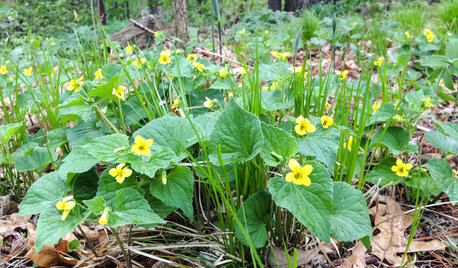
GARDENING GUIDESGreat Design Plant: Viola Pubescens Dots Woodlands With Yellow
Plant downy yellow violet in eastern U.S. woodland gardens for its heart-shaped leaves and bright yellow flowers
Full Story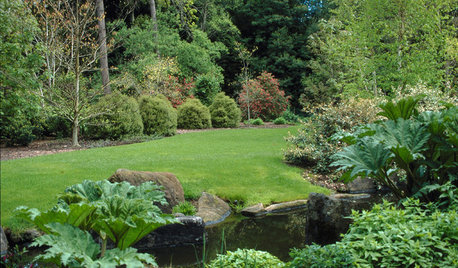
GARDENING GUIDESYou Don't Need Prairie to Help Pollinators
Woodlands, marshes, deserts — pollinators are everywhere
Full Story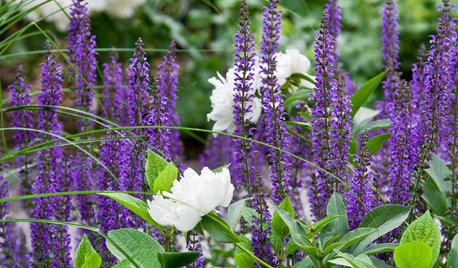
GARDENING AND LANDSCAPINGGarden Tour: Colorful, Serene Woodland Near Boston
Exuberant perennials, outdoor rooms and a surrounding woodland come together to create a beautiful landscape in Massachusetts
Full Story
WINTER GARDENINGHow to Help Your Trees Weather a Storm
Seeing trees safely through winter storms means choosing the right species, siting them carefully and paying attention during the tempests
Full Story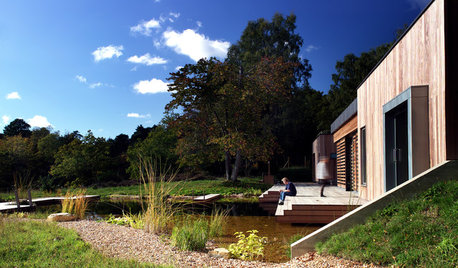
MODERN HOMESHouzz Tour: Nature and Efficiency Inspire a Woodland Home
This English design plays up simplicity, natural light and its spectacular forest setting
Full Story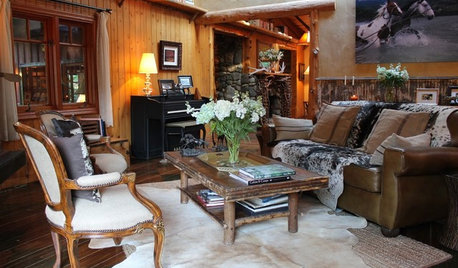
HOUZZ TOURSMy Houzz: Happy Trails at a Rustic Canyon Lodge
This warm ranch hideaway, complete with horses, dogs, cowhides and natural materials aplenty, is a delight for the senses
Full Story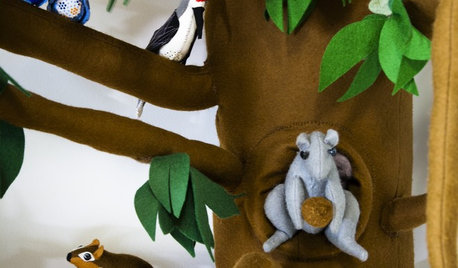
KIDS’ SPACESAn Enchanted Woodlands Playroom Roots for Imagination
Beguiling and creative, this storybook playspace in a Brooklyn brownstone is right out of a child's dream
Full Story
PRODUCT PICKSGuest Picks: Help Your Home Blossom With Floral Decor
Sprinkle hints of spring around your rooms with fabrics, wall coverings and more that recall nature's charms
Full Story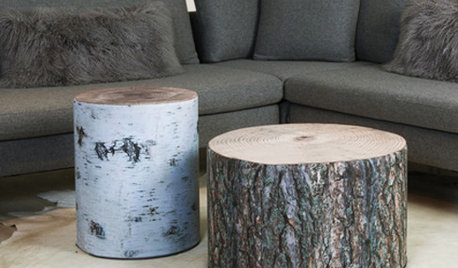
PRODUCT PICKSGuest Picks: Woodland Friends Roam Through Decor
Fake a forest in your foyer — or living room or bedroom — with fox, mushroom and faux-bois accents
Full Story
PRODUCT PICKSGuest Picks: Uncle Beefy's Eclectic Woodland Retreat
Blogger Uncle Beefy Shows How Rustic Style Can Still Be Chic
Full StorySponsored
Professional Remodelers in Franklin County Specializing Kitchen & Bath
More Discussions








fatamorgana2121
Bioteach44Original Author
Related Professionals
Seabrook Landscape Architects & Landscape Designers · West Chester Landscape Architects & Landscape Designers · Wixom Landscape Architects & Landscape Designers · Newcastle Landscape Architects & Landscape Designers · Allentown Landscape Contractors · Apollo Beach Landscape Contractors · Mesa Landscape Contractors · Sun City Center Landscape Contractors · Kendall Fence Contractors · La Grange Fence Contractors · Laguna Beach Fence Contractors · Laguna Hills Fence Contractors · Natick Fence Contractors · Santa Barbara Fence Contractors · Bozeman Siding & ExteriorsIris GW
Bioteach44Original Author
jimbobfeeny
Iris GW
Bioteach44Original Author
oliveoyl3
christie_sw_mo
CIvory
jimbobfeeny